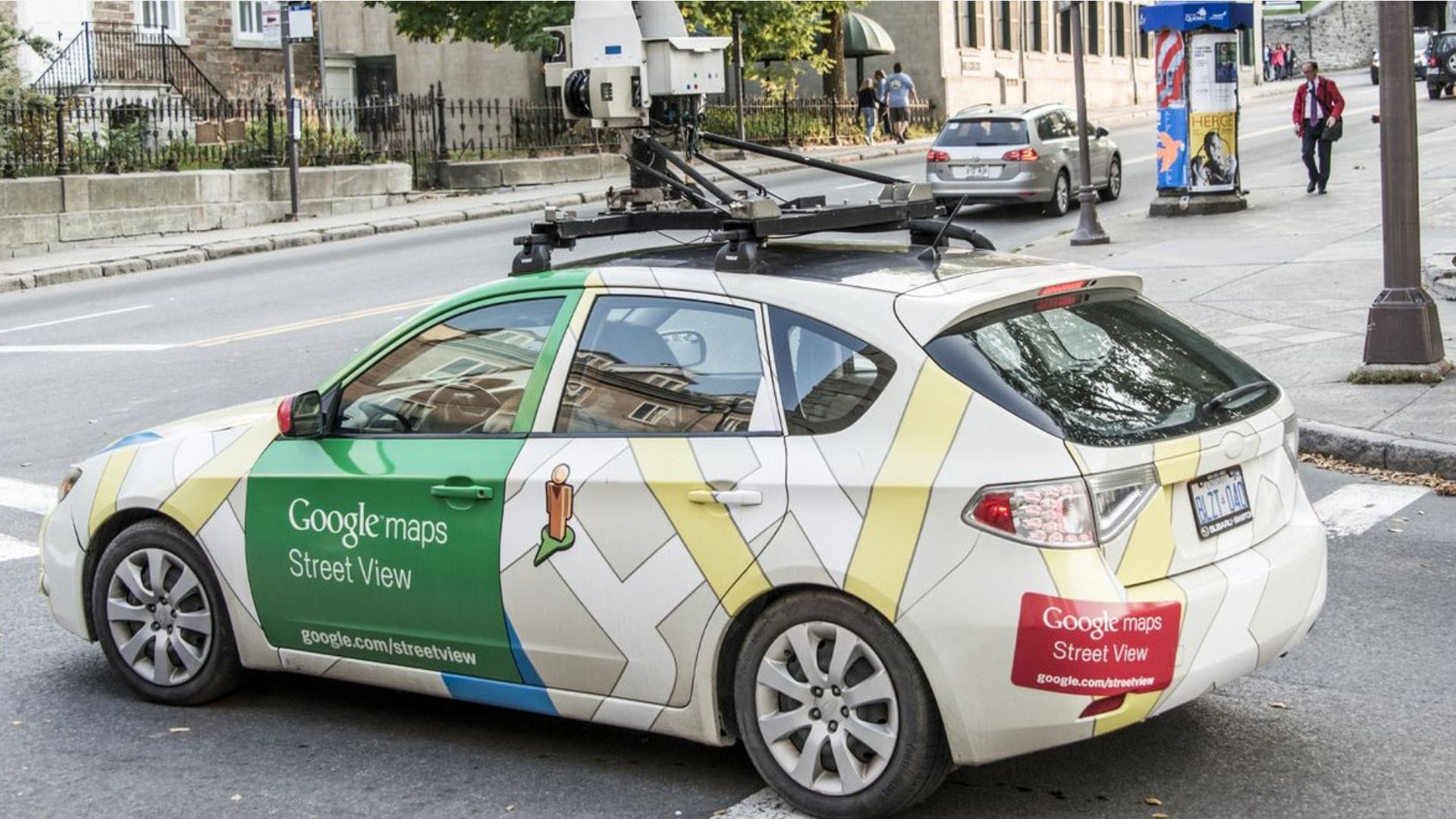Google introduces major updates to Maps, Street View, and Earth with a time travel feature
Google updates Maps, Street View, and Earth, adding historical imagery, expanded Street View coverage, and clearer satellite views with AI enhancements.

Google has rolled out several exciting updates to its popular mapping tools—Google Maps, Street View, and Google Earth. These updates introduce features that will improve your experience and make navigating and exploring the world more immersive. Whether you’re keen to see how your local area has changed or want a clearer view of satellite imagery, these new tools bring many benefits.
Table Of Content
Time travel with historical imagery in Google Earth
One of Google Earth’s standout features is the addition of historical imagery, which allows you to explore how locations have changed over the years. Some cities now feature imagery dating back as far as 80 years, providing a detailed look at historical changes. Previously, this feature was only available in the paid version, Google Earth Pro, but it’s now accessible to all users across web and mobile platforms.
Stafford Marquardt, a senior product manager at Google Maps, described the potential of this feature, saying, “Perhaps you want to travel back in time and see what your neighbourhood looked like decades ago. Or you might be curious to understand how forests have been impacted by human activity and climate change.”
This new feature includes cities such as London, Berlin, Warsaw, and Paris, where you can view how urban landscapes have evolved since the 1930s. With the ability to explore past satellite images, it’s now possible to see the transformation of city skylines, natural environments, and infrastructure over time.
More Street View coverage across the globe
In addition to Google Earth, Google Maps has seen a significant expansion in its Street View imagery. Street View now covers over 80 countries, with some nations getting these detailed images for the first time. Google plans to expand this further, adding Street View in more regions.
Google’s recent blog post highlighted examples from Iceland, New Zealand, Brazil, Mexico, Tasmania, Japan, Denmark, and France. This latest expansion represents one of the biggest updates since Street View’s launch in 2007. As a result, the number of total Street View images now exceeds a staggering 280 billion.
These enhanced images will give you a more detailed view of the places you’re exploring, whether you’re planning a trip or simply curious about a location worldwide. This update makes it easier to explore new places, check out local areas before visiting, or reminisce about a place you’ve been.
Alongside the expansion of Street View, Google has improved the satellite imagery available in both Google Maps and Google Earth. Using artificial intelligence, Google has introduced new cloud removal tools that deliver sharper, clearer images than ever before. This technology provides a “refreshed global mosaic,” offering a clearer and more accurate view of the Earth’s surface.
These updates allow users to enjoy more detailed and accurate images, whether they’re viewing urban environments, natural landscapes, or remote locations. The Cloud removal technology enhances visibility by clearing away obstructions, making the images more useful and visually appealing.
When can you expect these updates?
If you haven’t noticed these new features on your device yet, don’t worry—Google has confirmed that the updates are rolling out now and should be available soon. These improvements will enhance your experience across Google Maps, Street View, and Google Earth.
In other recent news, Google also upgraded its lane navigation feature for Android Auto users earlier this week, making navigation smoother and more intuitive.













